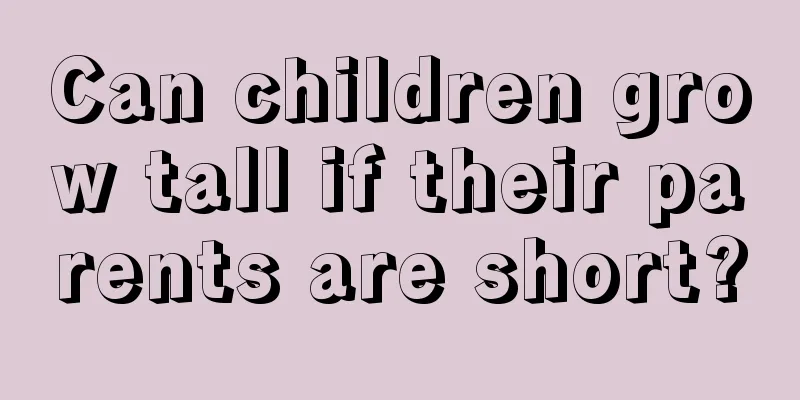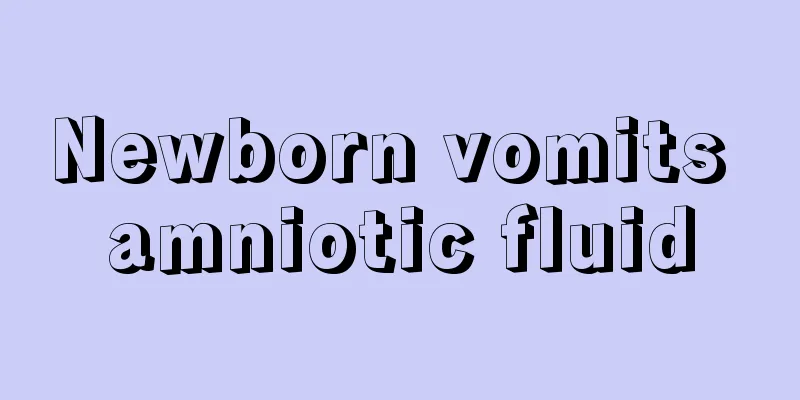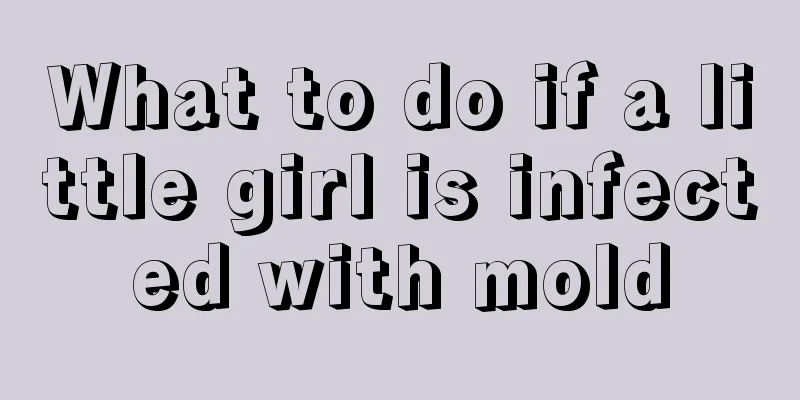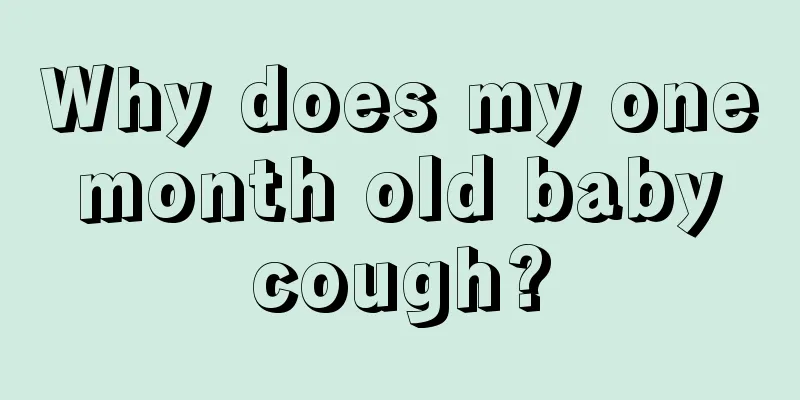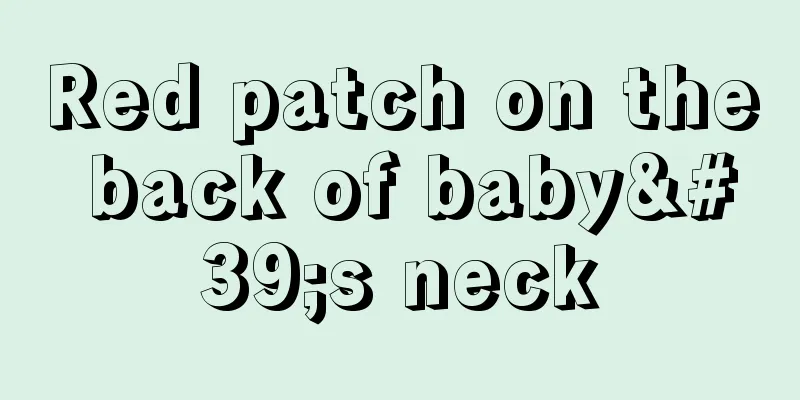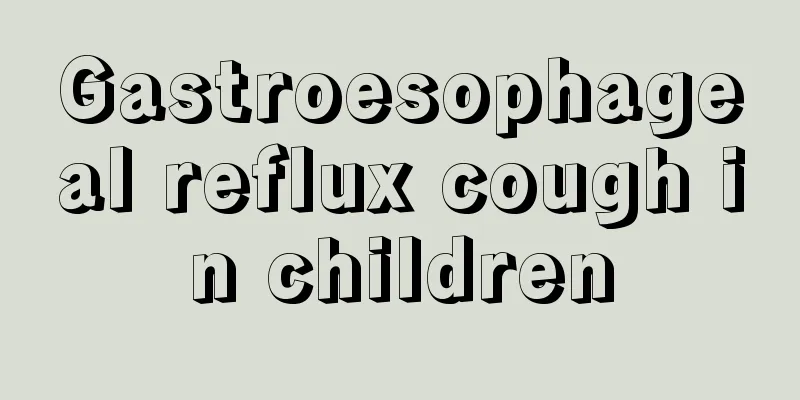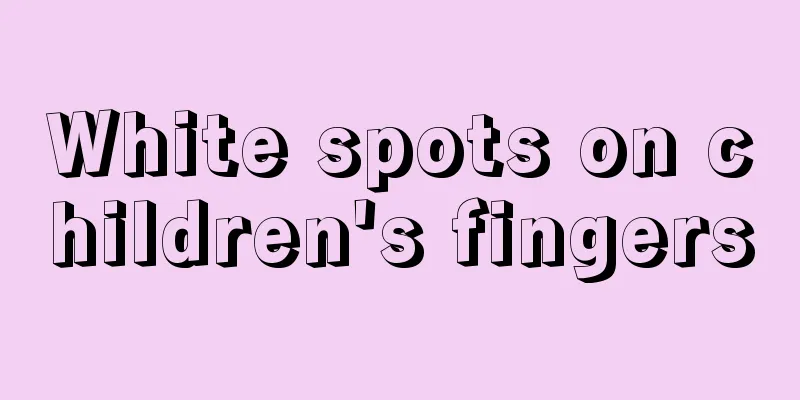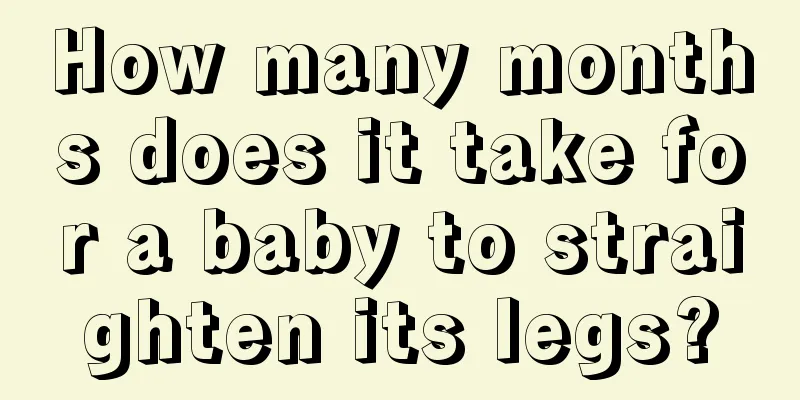What to do if your child has red and swollen gums
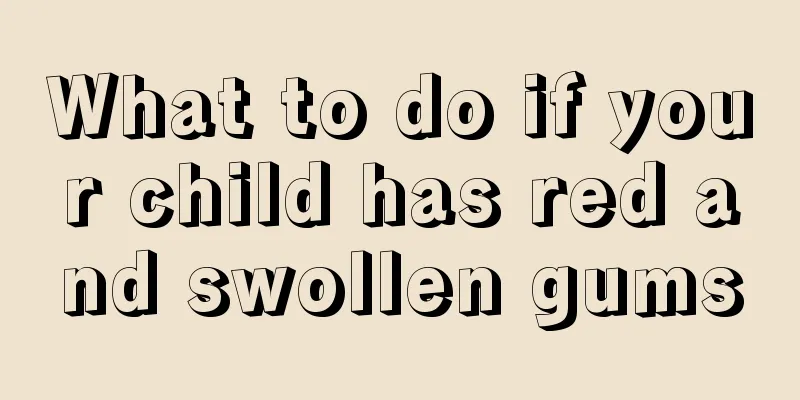
|
Children's teeth are in a developmental stage, and sometimes they may develop differently due to different eating habits and breastfeeding methods. Some people's teeth grow relatively neatly, while some people may suffer from gingivitis. Because the teeth grow against the gums, there will be some adverse symptoms. At this time, mothers need to pay more attention to their children's adverse symptoms of red and swollen gums and take corresponding measures. It is a common temporary gingivitis when the deciduous teeth erupt. The gingival tissue along the crown of the tooth is congested, but there are no obvious subjective symptoms, and it gradually heals itself as the tooth erupts. Eruptive gingivitis is mostly caused by the gums feeling strange when teeth erupt, which causes children to touch or chew them with their fingers or toys, resulting in abrasions of the gingival mucosa. Before the eruption of deciduous teeth, local swelling of the mucosa covering the teeth can sometimes be seen clinically. It is bluish-purple in color and contains tissue fluid and blood, which is called an eruption cyst. It generally does not affect the eruption of the teeth. If the eruption is blocked, some tissue needs to be removed to expose the crown. Oral cleaning Some scholars recommend cleaning and massaging the gums before the eruption of deciduous teeth, believing that this will help establish a healthy oral ecological environment and facilitate tooth eruption. Experts agree that plaque removal should begin when the first deciduous tooth erupts, and this early cleaning work is entirely up to the child's parents. That is, parents wrap moist gauze around their fingers and gently massage the child's gum tissue and clean the child's teeth once a day. In fact, as long as parents feel it is safe to use a toothbrush, they can choose a toothbrush with soft bristles that is suitable for the size of the child and use it after moistening it. It is recommended to start brushing teeth to remove plaque after the age of 1, and you can start using toothpaste at around 3 years old. It is recommended to use children's toothpaste. Because children in this age group cannot cough up and have the potential to swallow fluoride, a small pea-sized amount of toothpaste per brushing is sufficient. It is also very important to choose the right toothbrush in daily life, because tough bristles may hurt our children's gums, which often leads to inflammation. Therefore, we need to choose a toothbrush with soft bristles to train children to brush their teeth independently. A light diet every day can promptly relieve adverse symptoms such as red and swollen gums. |
<<: Seven things that ancient parents should not blame their children for
>>: What are the symptoms of calcium deficiency in children?
Recommend
How is ADHD diagnosed?
Attention Deficit Hyperactivity Disorder (ADHD) i...
What is the cause of the baby pouring milk?
Baby milk regurgitation happens to almost every b...
Children's cough syrup
When the seasons change, coughs, colds, fevers an...
How to make baby pumpkin puree
After 6 months of age, the baby's physical de...
What are some brain-boosting recipes for kids?
Since children are in the developmental period, i...
What are the causes of baby's gurgling stomach and frequent farting?
Many babies have rumbling stomachs and often fart...
The reason why the baby's stomach is a little hard
In people's lives, many young mothers may be ...
What is Mycoplasma respiratory infection?
Mycoplasma respiratory tract infection is a commo...
What to do if your 10-month-old baby refuses to eat
The healthy growth of a baby is inseparable from ...
The harm of persistent low-grade fever in babies
Persistent low-grade fever is quite harmful and m...
Treatment for a two-year-old baby who loves to sweat while sleeping
I don’t know if you have ever encountered a two-y...
How to make pea baby food?
As we all know, babies can be fed with breast mil...
What to do if your child has a cold and a stomachache? The fastest way
Children are most susceptible to catching cold. A...
What soup should babies drink when they have a cough?
Coughing causes excessive sputum and finally feve...
What to do if your child keeps crying
Many parents are very troubled that their babies ...

